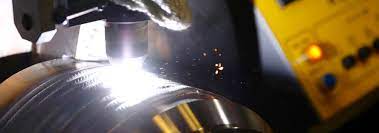Plasma Arc Welding: Definition, Construction, Working Principle, Applications, Advantages, ands Disadvantages
Plasma Arc Welding is a fluid state welding Radial Bearings process. Here in this paper, you will become familiar with the Definition of Plasma Arc Welding, Components and Working Principle of the Machine, alongside the Applications, Advantages, and Disadvantages of this Welding. So presently how about we get everything rolling with the meaning of PAW! What is Plasma Arc Welding? Plasma Arc Welding (PAW) is a fluid state welding Radial Bearings process in which the metal to metal joint structures in a liquid state with the assistance of hot ionized gases known as Plasma. These hot ionized gases used to warm the work plates, and the joint is made because of combination. The plasma curve welding process required a powerful DC supply to create the electric sparkle in the middle of the tungsten cathode and welding plates. This PTA Over Tile welding can weld at a low 2 amp and the greatest current which it can deal with is around 300 amp. It needs around 80 volts for legitimate work
